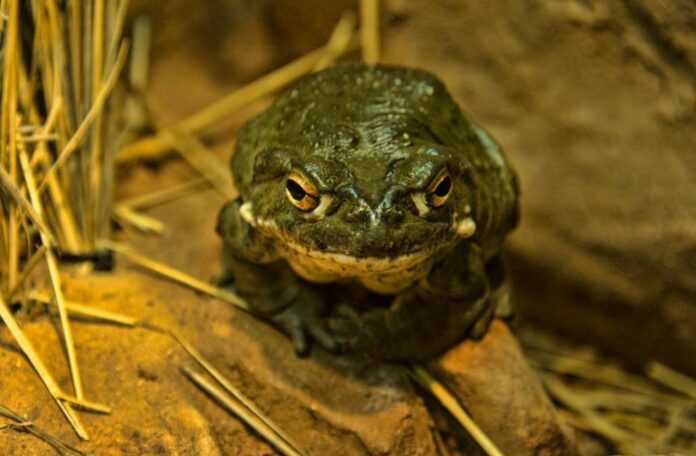Bufo alvarius, also known as toads of the Sonoran desert, grow to be about 18 centimetres long and live in the Southwestern United States. The amphibian makes a psychedelic chemical that it uses to keep predators away.
But it turned out that sometimes people are more interested in toads than in animals that eat them.
The National Park Service of the U.S. has issued an unusual tourist advisory.
In a post on social media, the agency asks visitors… not to lick any park residents, especially toads.
The park service warned on Facebook that “It can make you sick if you handle the frog or get the poison in your mouth.”
“As we say with most things you come across in a national park, whether it be a banana slug, unfamiliar mushroom, or a large toad with glowing eyes in the dead of night, please refrain from licking.”
The toads of the Sonoran Desert are a popular topic of discussion among those interested in psychedelic experiences.
These animals make a psychedelic chemical called 5-MeO-DMT, which is used by the amphibian to keep predators away.
This chemical induces euphoria, a feeling of warmth, and intense auditory and visual hallucinations.
Due to the high demand for this psychedelic experience, Sonoran Desert toads are in imminent danger of extinction.
According to media accounts, poachers collect them to manufacture and sell drugs, and some people even wish to keep them for personal use.
According to the New Mexico Department of Game & Fish, the toads are even deemed endangered since “collectors want to use the animal for drug use.”
Toad poison, however, has the potential to be lethal.
In some cases, even big dogs that attacked these amphibians and killed them died.
Raccoons are almost the only animals that can kill a Colorado toad in the wild. They can flip the amphibians over without touching the poisonous mucus that covers the top of the toad’s body.
Image Credit: Getty
